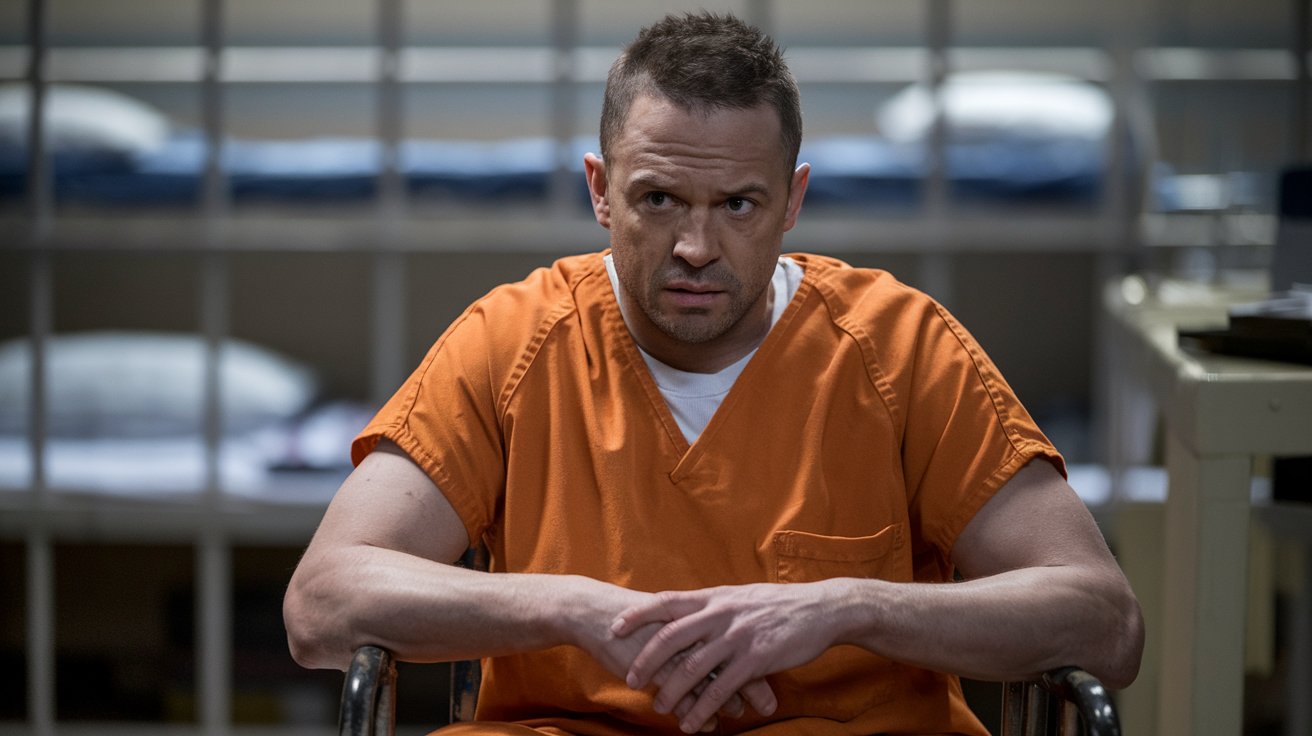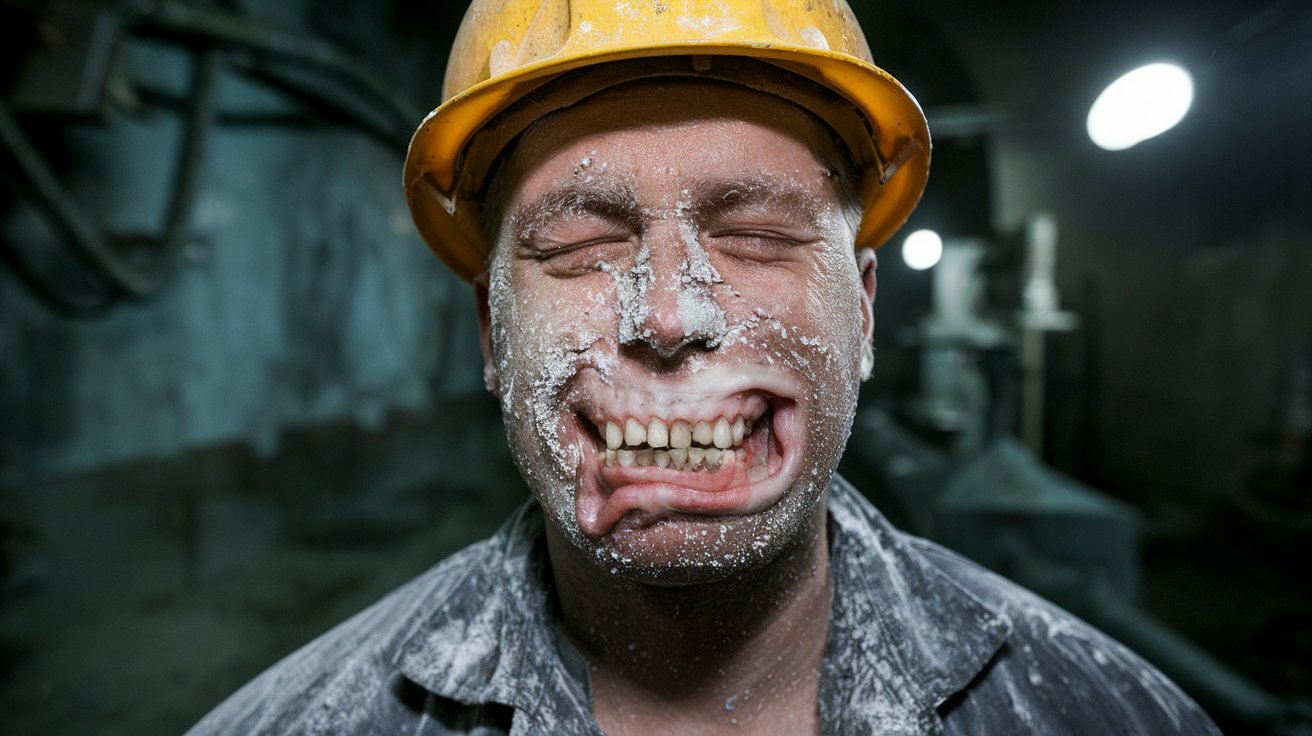
Why do famous suicides capture our attention? They often shine a light on the hidden struggles of those we admire, reminding us that fame and success do not shield anyone from mental health battles. From ancient philosophers like Socrates to modern icons like Robin Williams, these tragic events highlight the universal nature of despair. Understanding the causes and effects of these suicides can help us better address mental health issues in our communities. This article explores 35 significant facts about famous suicides, aiming to shed light on the complexities and broader implications of these heartbreaking occurrences.
Key Takeaways:
- Celebrity suicides can impact public mental health. Understanding the global impact and implementing prevention strategies are crucial in addressing this serious issue.
- Mental health, social factors, and community support play a significant role in preventing suicides. Collaboration, education, and awareness are key in saving lives.
Celebrity Suicides and Public Awareness
Celebrity suicides often draw significant media attention, which can have both positive and negative effects. Let's explore some key facts about this phenomenon.
-
Celebrity Suicides and Public Awareness: Celebrity suicides often draw significant media attention, which can have both positive and negative effects. Research has shown that celebrity suicides can increase the rate of suicidal ideation among the general public, particularly in the short and long term.
-
Historical Suicides: Suicide has been a part of human history, with notable examples including Socrates, who died by drinking hemlock in 399 BCE. The death of Socrates, as described by Xenophon, suggests fear of the frailties of old age as a motive for suicide.
-
Notable Suicides in the 21st Century: The 21st century has seen numerous high-profile suicides. For instance, Robin Williams, a renowned comedian and actor, died by hanging in 2014. His death highlighted the struggles with depression and the need for mental health support in the entertainment industry.
Methods and Global Impact
Understanding the methods and global impact of suicide can help in creating effective prevention strategies.
-
Suicide Methods: The most commonly used methods of suicide include hanging, pesticide poisoning, and firearms. Each method has its own set of risks and consequences, both for the individual and for those who discover the body.
-
Global Impact: Suicide is a global phenomenon, with over 720,000 people dying by suicide every year. It is the third leading cause of death among 15-29-year-olds globally, emphasizing the need for comprehensive suicide prevention strategies.
-
Low- and Middle-Income Countries: Seventy-three percent of global suicides occur in low- and middle-income countries. This highlights the need for targeted interventions in these regions to address the complex social, cultural, and economic factors contributing to suicide.
Mental Health and Social Factors
Mental health and social factors play a significant role in suicidal behavior. Let's dive into some facts about these influences.
-
Mental Health Factors: Mental disorders such as depression, bipolar disorder, and schizophrenia are significant risk factors for suicide. The link between mental health and suicide is well established, particularly in high-income countries.
-
Impulsivity and Crisis Situations: Many suicides occur impulsively in moments of crisis, such as financial problems, relationship disputes, or chronic pain and illness. This underscores the importance of timely interventions to prevent such tragedies.
-
Social Isolation: Experiencing conflict, disaster, violence, abuse, or loss, and feeling isolated, are strongly associated with suicidal behavior. Social isolation can exacerbate feelings of despair and hopelessness, increasing the risk of suicide.
-
Vulnerable Groups: Suicide rates are high among vulnerable groups who experience discrimination, such as refugees and migrants; indigenous peoples; lesbian, gay, bisexual, transgender, intersex individuals; and others. This highlights the need for inclusive and culturally sensitive suicide prevention strategies.
Famous Cases and Their Impact
Examining famous cases of suicide can provide insights into the broader implications and the need for mental health support.
-
Suicide Attempts: For every suicide, there are many more people who attempt suicide. A prior suicide attempt is an important risk factor for suicide in the general population. This emphasizes the importance of monitoring and supporting individuals who have previously attempted suicide.
-
Robin Williams' Autopsy: Robin Williams' autopsy confirmed that his death was by suicide. The investigation revealed that despite a long history of severe depression, he had never expressed suicidal thoughts or behavior. However, his pill box had been refilled the day before, but the medications remained intact, indicating lack of medication compliance.
-
Elliott Smith's Death: Elliott Smith, an American musician, died by stabbing himself in 2003. His death was originally ruled a suicide, but investigations later suggested that he may have been having an argument with his girlfriend before his death, which could have escalated to the point of violence.
-
Gary Speed's Death: Gary Speed, a Welsh footballer and manager, was found hanging in 2011. While there was evidence that the pressure of management had put some strain on his marriage, the official verdict of the coroner was a narrative verdict as he could not be sure the deceased had meant to take his own life.
-
Steve Stevaert's Death: Steve Stevaert, a Belgian politician, was found dead in the Albert Canal in 2015. His body was discovered by divers after he was reported missing, highlighting the tragic and often unexpected nature of suicide.
-
Ronaldo Valdez's Death: Ronaldo Valdez, a Filipino actor, was found dead with a gun in his hand in 2023. He was reportedly experiencing depression and had recently been diagnosed with prostate cancer, underscoring the impact of chronic illness on mental health.
Prevention Strategies and Community Support
Effective prevention strategies and community support are crucial in addressing the issue of suicide.
-
Suicide Prevention Strategies: Suicide is a serious public health problem that requires a public health response. Timely, evidence-based, and often low-cost interventions can prevent suicides. A comprehensive multisectoral suicide prevention strategy is needed for national responses to be effective.
-
Media Coverage and Suicide: Media coverage of celebrity suicides can influence public perception and behavior. However, excessive or sensationalized reporting can also have negative effects, such as increasing the risk of copycat suicides.
-
Cross-Sectional Studies: Cross-sectional studies, like the one on celebrity suicides in Hong Kong, have shown associations between celebrity suicides and subsequent increases in the suicide rate. However, these studies are subject to limitations such as human error or memory bias in self-reported data.
-
Suicide in Low-Income Countries: In low-income countries, suicide often occurs due to economic hardship, lack of access to healthcare, and social isolation. Interventions in these regions must address these specific challenges to reduce the incidence of suicide.
-
Suicide Among Young People: Suicide is the third leading cause of death among 15-29-year-olds globally. This age group is particularly vulnerable due to the challenges of adolescence and young adulthood, including academic pressure, social media stress, and mental health issues.
-
Suicide Among Vulnerable Populations: Vulnerable populations such as refugees, migrants, indigenous peoples, and LGBTQ+ individuals are at higher risk for suicide. Tailored interventions that address their unique challenges are essential for reducing suicide rates among these groups.
-
Suicide Prevention Programs: Effective suicide prevention programs involve a combination of community-based interventions, mental health services, and social support. These programs can include education campaigns, crisis hotlines, and counseling services.
-
Role of Mental Health Professionals: Mental health professionals play a crucial role in identifying and supporting individuals at risk of suicide. Early intervention by psychiatrists, psychologists, and social workers can significantly reduce the likelihood of suicidal behavior.
-
Family Support: Families of individuals who have attempted or completed suicide often require support. Counseling services for families can help them cope with the aftermath of a suicide and prevent further tragedies.
Community Engagement and Technology
Community engagement and technology can both help and hinder suicide prevention efforts.
-
Community Engagement: Community engagement is vital for suicide prevention. Public awareness campaigns, community events, and local initiatives can help reduce stigma around mental health issues and encourage people to seek help.
-
Technology and Suicide Prevention: Technology can be both a tool and a risk factor for suicide. Social media platforms have been criticized for their role in spreading suicidal content, while online resources like crisis hotlines and support groups can provide vital assistance to those in need.
-
Cultural Factors: Cultural factors significantly influence suicide rates. In some cultures, suicide is viewed as an honorable act, while in others it is stigmatized. Understanding these cultural nuances is essential for developing effective prevention strategies.
-
Economic Factors: Economic factors also play a role in suicide rates. Financial stress, unemployment, and poverty can contribute to feelings of hopelessness and despair, increasing the risk of suicidal behavior.
Legal and Policy Interventions
Legal and policy interventions can play a significant role in reducing suicide rates.
-
Legal and Policy Interventions: Legal and policy interventions can help reduce suicide rates. For example, laws regulating access to firearms and pesticides can prevent impulsive acts of suicide. Additionally, policies supporting mental health services and social welfare programs can mitigate economic stressors.
-
Education and Awareness: Education and awareness campaigns are crucial for reducing stigma around mental health issues and encouraging people to seek help. These campaigns can include school programs, workplace initiatives, and public awareness events.
-
Collaboration Among Agencies: Collaboration among agencies is essential for effective suicide prevention. This includes coordination between healthcare providers, law enforcement, social services, and community organizations to ensure a comprehensive response to suicidal behavior.
-
Data Collection and Analysis: Accurate data collection and analysis are vital for understanding the scope and causes of suicide. This involves tracking suicide rates, identifying risk factors, and evaluating the effectiveness of prevention strategies.
-
Support for Survivors: Support for survivors of suicide is critical. This includes counseling services, support groups, and online resources to help them cope with the aftermath of a suicide and prevent further tragedies.
-
Global Response: A global response to suicide is necessary. International cooperation can facilitate the sharing of best practices, research findings, and resources to address this public health problem worldwide.
Reflecting on Famous Suicides
Suicide is a complex issue that affects people from all walks of life. Famous suicides, like those of Robin Williams, Elliott Smith, and Gary Speed, highlight the struggles many face, often in silence. These tragic events underscore the importance of mental health awareness and the need for effective suicide prevention strategies. Factors like mental disorders, social isolation, and economic stress play significant roles in suicidal behavior.
Understanding these elements can help us develop better support systems and interventions. Community engagement, family support, and mental health services are crucial in preventing suicides. By learning from these stories, we can work towards reducing the stigma around mental health and encouraging those in need to seek help. Let's remember, every life is valuable, and timely intervention can make a difference.
Frequently Asked Questions
Was this page helpful?
Our commitment to delivering trustworthy and engaging content is at the heart of what we do. Each fact on our site is contributed by real users like you, bringing a wealth of diverse insights and information. To ensure the highest standards of accuracy and reliability, our dedicated editors meticulously review each submission. This process guarantees that the facts we share are not only fascinating but also credible. Trust in our commitment to quality and authenticity as you explore and learn with us.


